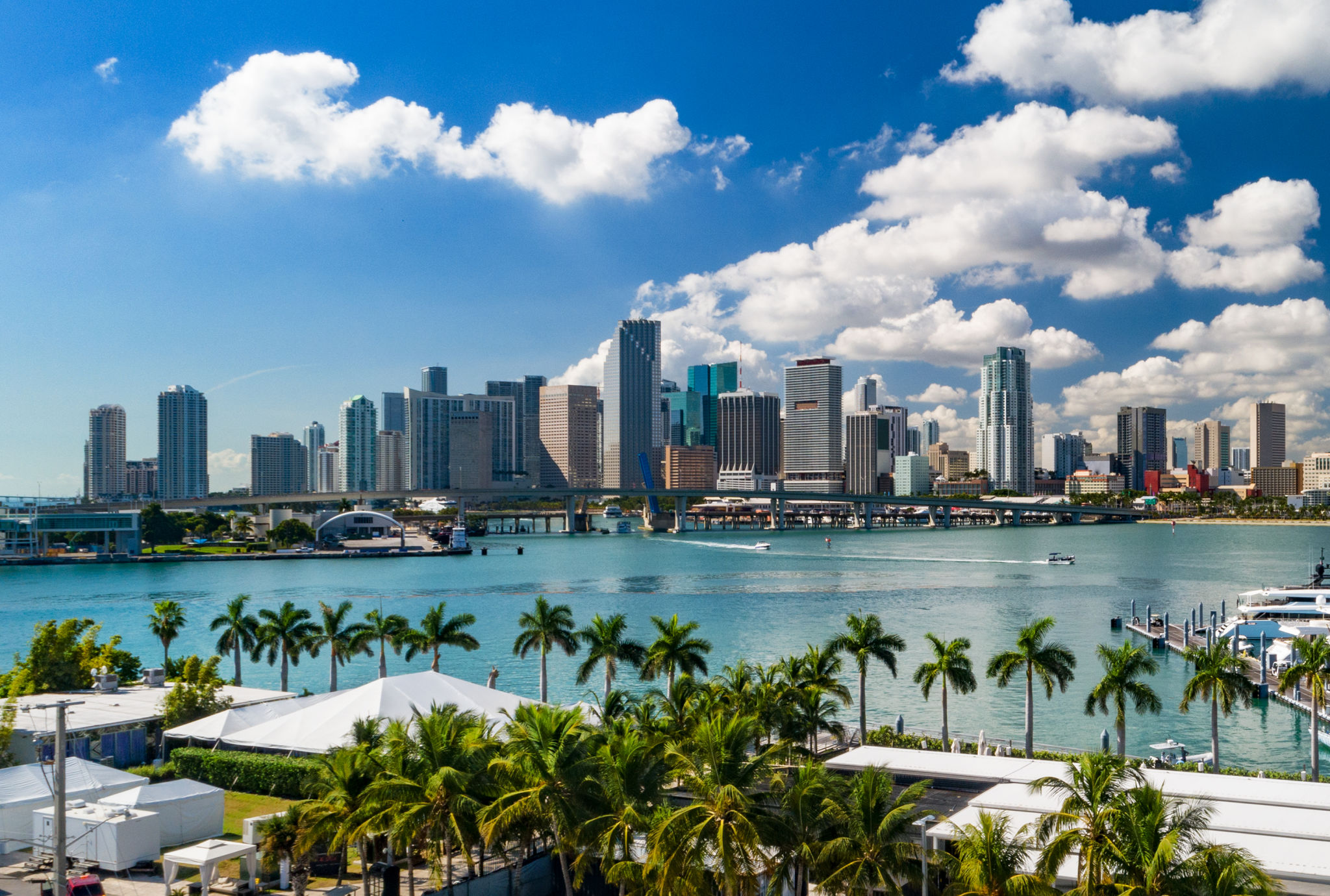Understanding Miami's Building Codes: What You Need to Know for Your Next Project
When planning a construction project in Miami, understanding the local building codes is essential. These regulations are designed to ensure the safety, sustainability, and aesthetic harmony of the city's architecture. Whether you are constructing a new building or renovating an existing structure, it's crucial to be familiar with these codes to avoid costly mistakes and delays.

Importance of Miami's Building Codes
Building codes in Miami are comprehensive and cover a wide range of aspects, from structural integrity to energy efficiency. These codes are enforced by the city to protect public health and safety. They also help in maintaining the city's distinctive architectural character. Ignoring or misunderstanding these codes can lead to penalties, project delays, or even the need to redo non-compliant work.
Moreover, Miami's location in a hurricane-prone region makes it imperative for buildings to adhere to strict wind-resistance standards. This ensures that structures can withstand severe weather conditions, safeguarding both property and lives.
Key Areas Covered by Building Codes
Miami's building codes address several critical areas, including:
- Structural Safety: Ensures buildings can withstand environmental stresses.
- Fire Protection: Mandates fire-resistant materials and systems for emergency safety.
- Electrical Systems: Requires safe installation and maintenance of electrical components.
- Plumbing: Ensures sanitary and efficient water systems.
Each of these areas has specific requirements that must be met before a project can receive approval from city inspectors.

Steps to Ensure Compliance
Navigating Miami's building codes can be challenging, but following certain steps can streamline the process. First, it's advisable to engage with a licensed architect or engineer who is familiar with these codes. Their expertise can help you design your project in compliance with all necessary regulations.
Secondly, obtaining the proper permits is vital. This involves submitting detailed plans and specifications to the city's building department for review. Once approved, routine inspections will be conducted during the construction phase to ensure ongoing compliance.
Common Challenges and Solutions
One common challenge is keeping up with changes in building codes. Miami's codes are periodically updated to reflect new safety standards and technological advancements. Staying informed about these changes is crucial for compliance. Engaging with professional organizations and attending relevant workshops can be beneficial in this regard.

Another challenge is meeting the stringent requirements for energy efficiency, which often necessitate advanced materials or technologies. Consulting with energy specialists can provide insights into cost-effective solutions that meet code requirements.
Benefits of Adhering to Building Codes
Adhering to Miami's building codes offers numerous benefits beyond just legal compliance. It enhances the durability and resale value of your property. Moreover, structures built according to these codes are often more energy-efficient, reducing operational costs over time.
Ultimately, understanding and complying with Miami's building codes is a vital part of any construction project in the city. By doing so, you not only ensure the safety and legality of your project but also contribute positively to Miami's urban landscape.
